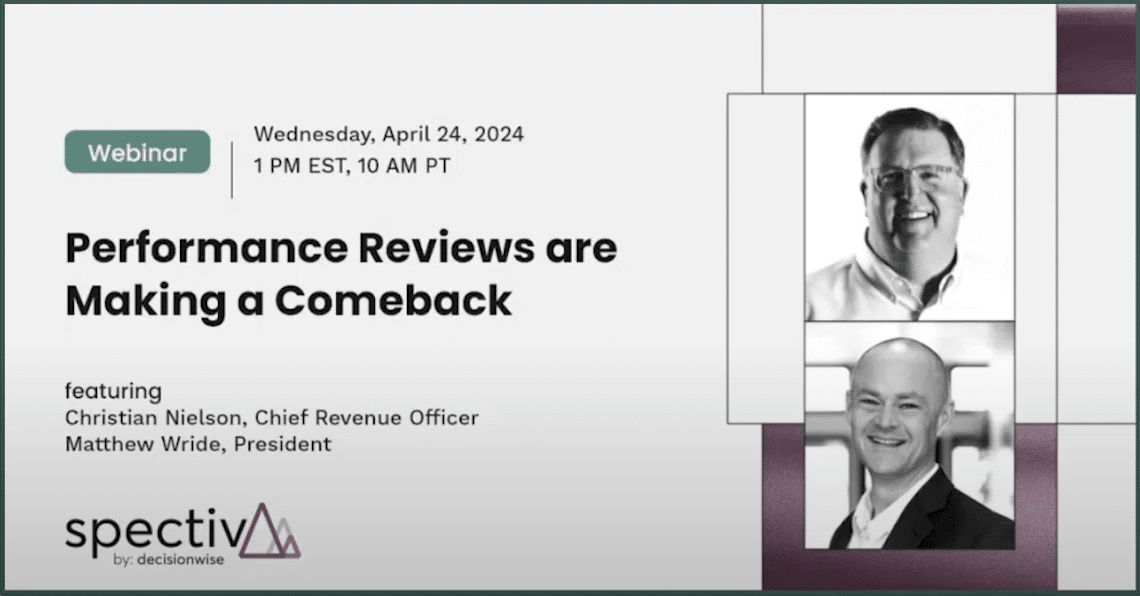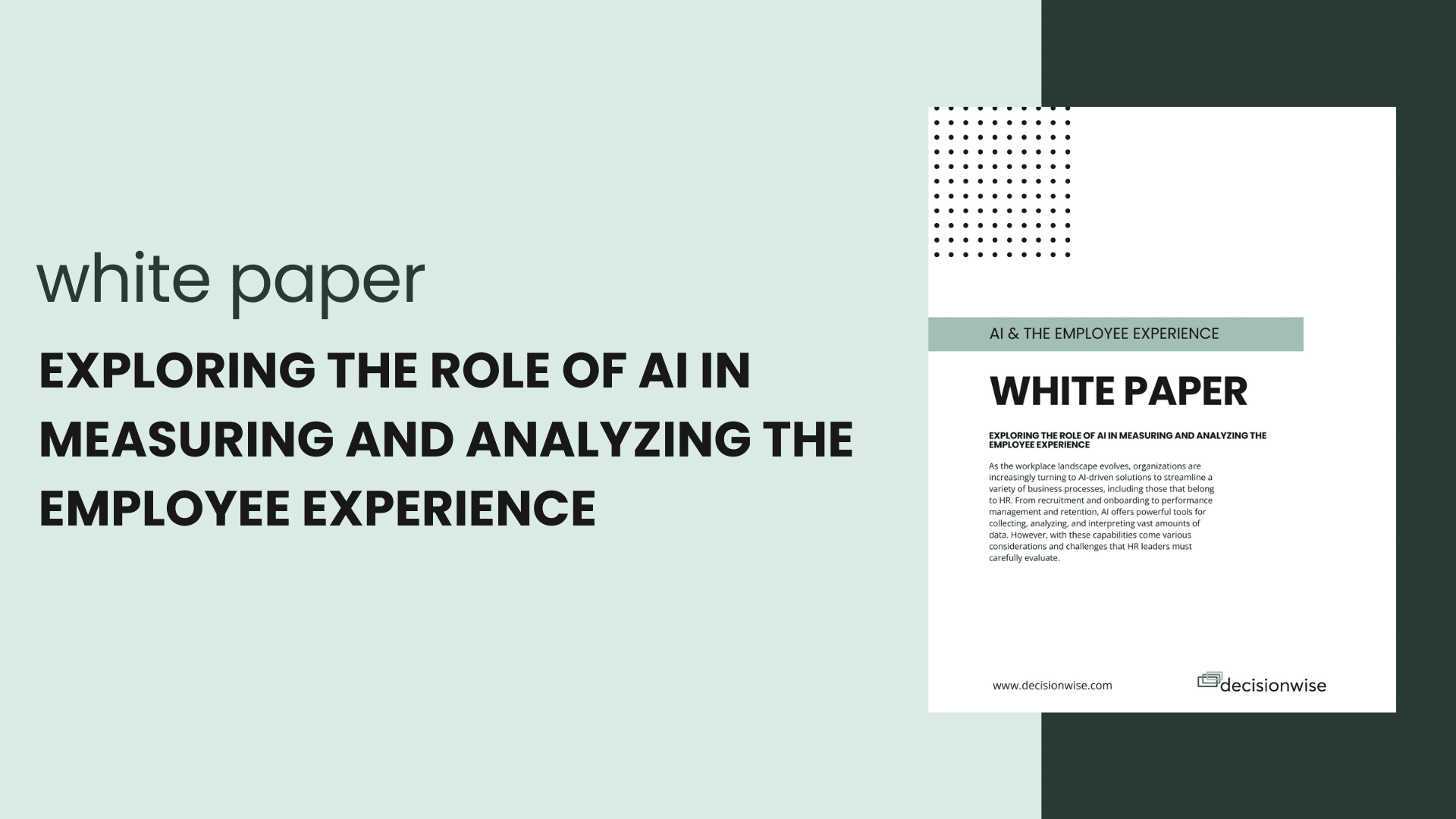What is Survey Software?
Many survey companies provide some form of survey software, a tool that provides a platform to create, conduct, and analyze online surveys, which allow us to gather sentiment and feedback from individuals. It helps organizations gather valuable data from a specific group of people, known as respondents. The data collected can be used for various purposes, such as market research, customer satisfaction, employee feedback, and more.
Originally, survey software was simple. Create a question. Send it to someone. Read what they wrote. Now, these platforms are robust in that they can manage different languages and account for question types, scales, and audiences. They can also analyze open text comments, use logic to trigger survey invitations, perform complex statistical analyses, and some even incorporate generative AI. As we will see, though, this increased functionality often comes at a cost.
Use Cases for Survey Software
Survey software can be used in numerous ways across different industries. Here are a few use cases:
1. Customer Experience
Businesses can use survey software to gauge customer satisfaction and understand their experiences with products or services. This can help in improving quality and customer service.
2. Market (Product) Research
Companies can use surveys to gather information about market trends, consumer behavior, and competitors. This data can guide strategic decision-making and business planning. Market research includes research related to a company’s product, helping designers and developers understand why customers are (and are not) renewing or purchasing.
3. Employee Feedback
Operational leaders and HR professionals can use survey software to collect feedback from employees about their work environment, job satisfaction, and company policies. This can help in improving employee engagement and productivity. Employee feedback can also be used to understand employee perceptions, attitudes, and beliefs surrounding change management initiatives, M&A activity, and various other organizational initiatives.
4. Brand Experience
Organizations often use surveys to identify which messages resonate with current and potential customers.
Features to Look for in Survey Software
When selecting a survey software provider, consider the following features:
1. Ease of Use
The software should be user-friendly and require minimal technical expertise.
2. Customizability
Look for software that allows you to customize surveys to fit your specific needs.
3. Data Analysis Tools
The software should provide robust data analysis tools to help you interpret the survey results effectively.
4. Integration
The software should be able to integrate with other systems you use, such as CRM or HRM software.
5. Security
Ensure the software adheres to data privacy regulations and has strong security measures in place.
Common Survey Software Providers
Here are nine companies or survey software providers you might consider:
- Qualtrics: An American survey software tool that offers cloud-based subscription software for experience management.
- Forsta: A comprehensive experience and research technology platform that breaks down the silos between customer experience, employee experience, and market research.
- Medallia: A software-as-a-service (SaaS) company that provides customer experience management and employee experience management software to various industries.
- SurveySparrow: An end-to-end omnichannel experience management platform that offers tools such as NPS, offline, chat, classic, and 360° surveys which are mobile-first, highly engaging, and user-friendly.
- Alchemer: A cloud-based integrated feedback platform that combines the best of survey software technology with an extensible architecture and low-code design.
- Typeform: A software as a service company that specializes in online form building and online surveys. Its main software creates dynamic forms based on user needs.
- Zoho Survey: An online survey tool that lets you create unlimited surveys, distribute them, and analyze the data with ease.
- SurveyMonkey: An experience management company that offers cloud-based software. It provides tools for creating online surveys, polls, and quizzes.
- Spectiv by DecisionWise: A purpose-built survey platform that helps companies measure the pulse of their company culture with employee engagement surveys, lifecycle surveys, and 360-degree assessments. Our software is designed exclusively to measure workforces and the employee experience.
Challenges in Measuring the Employee Experience
Over the years, survey software has become increasingly powerful and feature-packed. With this emphasis on increased product functionality, most platforms have become generalized and complex. This means that while these platforms do a lot of amazing things, it comes at the expense of doing specific things well.
In a workplace context, using survey software to measure the employee experience can be more challenging than other use cases. Here are a few reasons why:
- Employee sentiment is not transactional, it is relationship-based. With the customer experience, you are measuring one or more transactions, and from these transactions you attempt to understand how a customer feels. With employees, you are measuring their relationship with the organization, their manager, and coworkers. This means you have different audiences and raters, which will vary from organization to organization. Also, relationships are challenging because they are influenced by so many colliding interactions, both big and small.
- Relationships are subject to survey bias, such as recency bias or the halo-horn effect. This means that voice of employee efforts needs to be organized and proactive instead of reactive. Most customer surveys are reactive.
- In addition, you should gather employee feedback against the hierarchy instead of measuring sentiment across single transactions. Managing an employee hierarchy and directory is challenging, as it requires understanding where people fit inside an organization, which often changes or has dotted lines. Thus, integration with systems of records, such as payroll or HR platforms must be thoughtful and precise – much more than simply identifying a customer and the date a service or product was provided.
- Employee information comes with a lot of meta data, such as demographics that include tenure, age, education, experience, gender, ethnicity and race, geography and much more. This demographic information is more detailed than is often encountered when measuring customer interactions.
- Organizations are not static, unlike many customer experiences. Renting a car is mostly the same from airport to airport and from person to person. But with organizations, people come and go. Promotions happen. Departments are restructured. Priorities shift based on new initiatives. Acquisitions and mergers take place and impact how the organization is organized. Thus, the backdrop of how and when we measure the employee experience is constantly changing and requires adjustments and redesigns.
- Measuring an employee’s relationship(s) requires various touchpoints with alternate perspectives (senior leaders, direct managers, co-workers, and those people manage or oversee). Thus, no single instrument or technique can be used. Measuring the employee experience requires a variety of instruments, methods, cadences, and styles.
- Employees may be hesitant to provide honest feedback due to fear of repercussions.
- Finally, it can be difficult to design surveys that accurately capture an employee’s overall experience, as it encompasses various aspects such as work-life balance, career growth opportunities, and workplace culture. Again, this task is much more complex than trying to understand whether a product satisfied a customer.
Why DecisionWise is Better for Employee Experience Listening
DecisionWise stands out as the top company with a survey software tool for measuring the employee experience. It is all we do, and we have been doing it for 25 years. We have built our software to meet all of the challenges listed above, and platform is purpose-built for measuring the employee experience across industries and locations.
To summarize, an analogy might be helpful. General survey platforms that do all things are like a generic weather app on your mobile phone – useful in most cases to most people. But what if you are an avid fisher. You need much more than the expected high temperatures for the day and precipitation totals. You need wind variability, expected sunset or sunrise, water temperatures, and radar images that are focused on precise locations. And instead of general forecasts based on a 12-hour framework, you want detailed data that is updated every 30-minutes. Our survey software tool is like a detailed weather app for anglers. It is designed for a specific use case, and so what it does, it does really well.
Finally, DecisionWise provides comprehensive analytics and reporting tools. These have been designed just for organizations and the employee experience to help leaders understand the data and make informed decisions. Couple all these features with our focus on confidentiality, which encourages employees to provide honest feedback, there is good reason to see why our platform is the best tool for measuring and understanding your employee experience.
Contact DecisionWise for your next Employee Engagement Survey
Ready to elevate your business insights? Contact DecisionWise today and discover the transformative power of Spectiv. Our team of experts is eager to guide you through a personalized journey towards enhanced organizational health and employee engagement. Don’t miss out on this opportunity to unlock your company’s full potential. You can contact our team to take the first step towards a brighter future with Spectiv!




